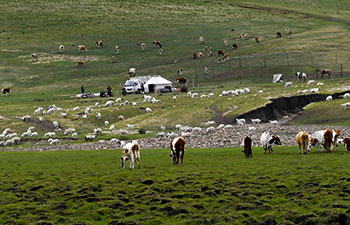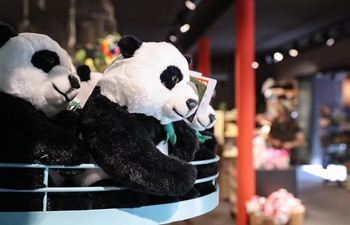BEIJING, June 11 (Xinhua) -- Researchers find animals are not the only masters of disguise, as a new study shows plants can use the same tricks as animals to camouflage themselves.
Researchers from the Chinese Academy of Sciences (CAS) Kunming Institute of Botany and the University of Exeter compared the camouflage strategies used by plants and animals and found plants use a series of techniques that were thought to be unique to animals.
Such tricks include imitating their environment, breaking up the perceived outlines of an object, and "masquerading" which means looking like an unimportant object such as a stone to hide from predators.
According to the research, one species that masquerades is the Corydalis hemidicentra, a plant whose leaves match the color of rocks where it grows.
"These plants show us how camouflage can be adapted for different habitats," said lead researcher Niu Yang.
More research findings will be published in the journal Trends in Ecology and Evolution in June.
Niu said that camouflage is a key defensive strategy for animals, which has been used to illustrate and study evolution for 150 years, however, research on plant camouflage is limited compared to the rich literature on how animals conceal themselves.
"In this study, we want to find the similarities between plant and animal camouflage, and how this understudied phenomenon can trigger key questions in ecology and evolution," Niu said.
















